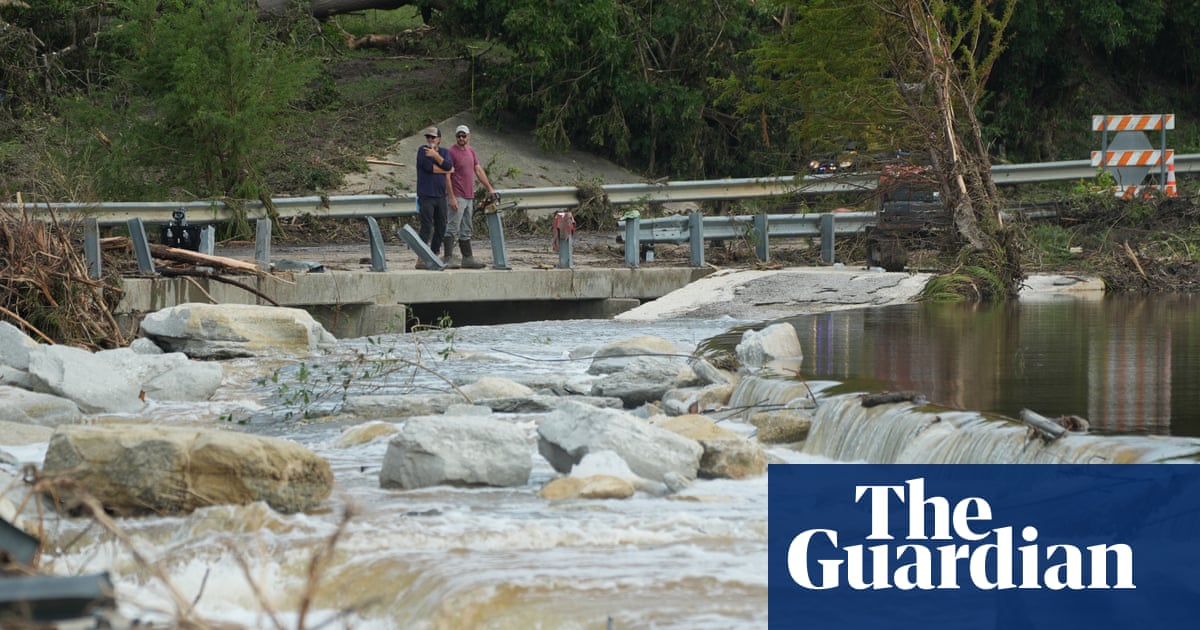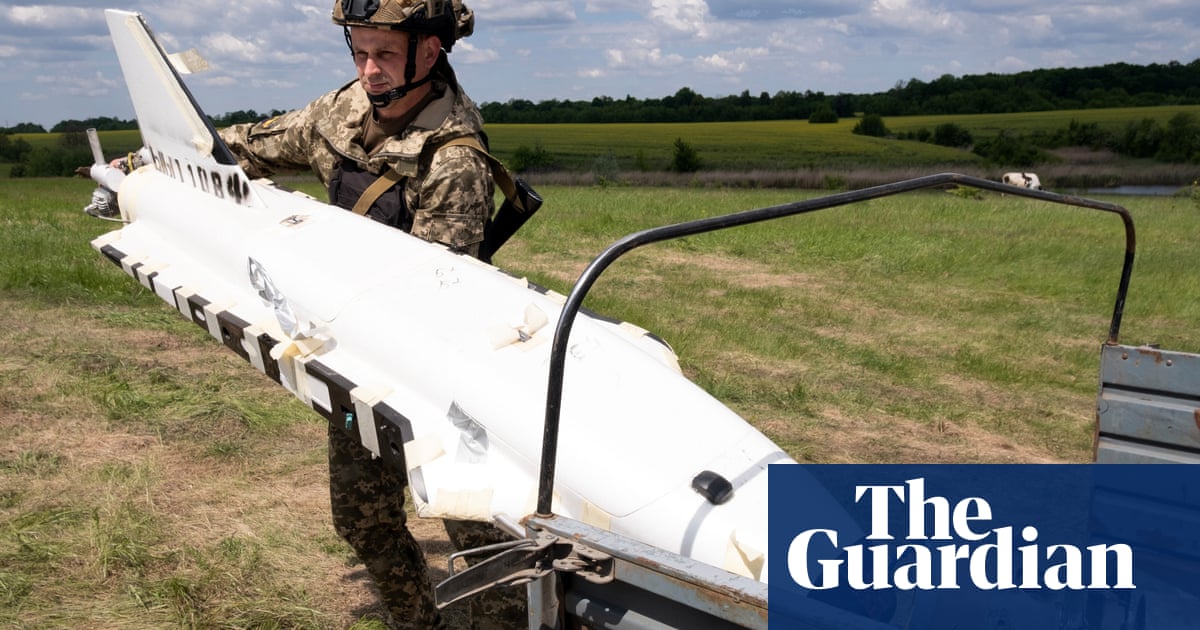California: sea lion attack on teenager raises fears of toxic algae poisoning | California

A teenager was attacked by a sea lion in southern California, raising concerns that a recent increase in algae-induced poisonings among marine mammals could have elicited the erratic behavior.
Phoebe Beltran initially feared it was a shark when she was bitten repeatedly during a 1000-yard swim test for the Junior Lifeguards cadet program in Long Beach on 30 March. Relatives onshore saw the sea lion pop its head out of the water before it swam away, the Los Angeles Times reported.
Beltran, 15, was briefly hospitalized and treated for injuries to her arm. Little could be done to determine why exactly the sea lion became unusually aggressive. But the act aligns with symptoms observed in animals afflicted by toxic algae, which has sickened hundreds of animals off the southern California coast since late February.
A surfer bitten by a sea lion near Oxnard in late March told CBS News he’d never experienced anything like the terrifying altercation and that the animal’s expression was “feral, almost demonic, devoid of the curiosity or playfulness I’d always associated with sea lions”.
“Although lethargy, disorientation, and abnormal neurologic behavior (seizures/tremoring) are typical primary behaviors for sea lions impacted by the neurotoxin, erratic and sometimes aggressive behavior can occur,” said Giancarlo Rulli, a spokesperson for the Marine Mammal Center, in an email. He added that bites by seals and sea lions are rare, but warned members of the public to always avoid engaging with marine life and to stay at least 150ft away from animals on beaches.
Responders with the West Coast Marine Mammal Stranding Network, a consortium of experts and organizations that intervene when animals are in danger, have reported more than 100 calls a day as scores of sea lions and dolphins wash up on shores. The need has been so great in recent weeks, teams have had to make tragic decisions, helping only those with the best chance of survival.
If they receive treatment quickly, sea lions have a 50-65% chance of survival. For dolphins, ingesting the toxin is almost always deadly.
This is the fourth year in a row that there has been a major outbreak from domoic acid in California, a troubling development that’s becoming more intense, common, and unpredictable, according to Rulli. The most recent toxic algae bloom occurred earlier in the year than normal and has hit hardest along the coast between Santa Barbara and Los Angeles.
The algae typically grows after a wind-driven upwelling that churns deep ocean water full of nutrients closer to the surface. Fish are first to ingest the acid produced by the algae, which then poisons the animals that eat them.
This year, the timing and location – with the first poisoning documented around 20 February near Malibu, California – has spurred questions over whether this could have been caused by debris from the Los Angeles fires that swept through the area in January.
But the climate crisis has long been a culprit of the rising risks, as increasing temperatures and changing ocean conditions help fuel the growth of this algae.
This year’s early start to the issue comes just two years after the worst domoic acid bloom on record claimed the lives of at least 1,000 marine mammals along the southern California coast in just a single month.
“It does take an emotional toll in the field,” John Warner, chief executive officer of the Marine Mammal Care Center in Los Angeles, said in a post shared by Noaa fisheries. “Year after year, it’s getting tough. Each of our organizations is trying hard to get to as many animals as we can, but we don’t have the resources to rescue every one that is out there.”
Source link






